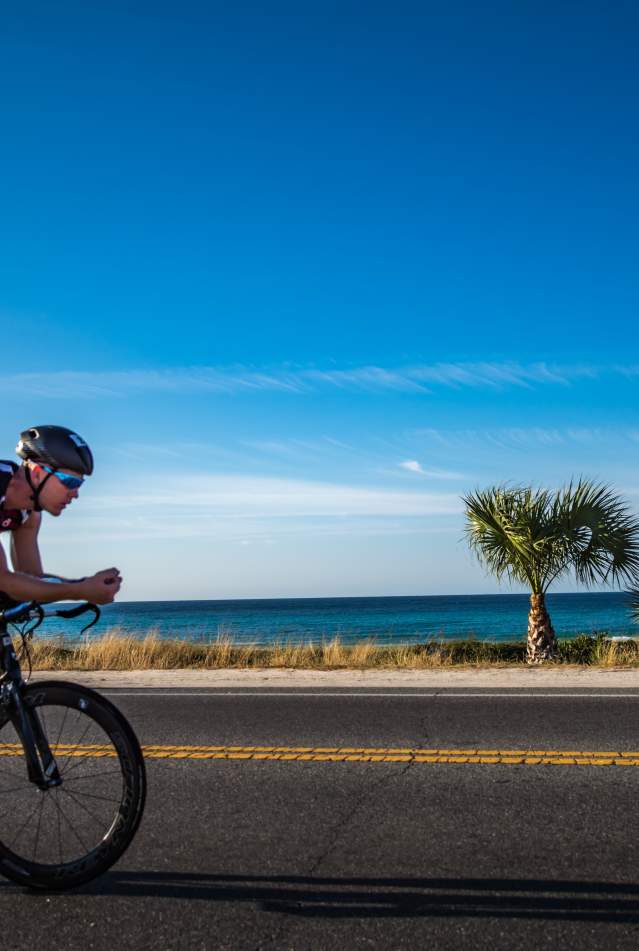With cooler temperatures finally setting in, it's starting to feel more like winter than fall. While I’m sure it will warm back up again, the cooling trend will cause fish to start gathering in groups.
Pinfish, pilchards, glass minnows and the like will become more scarce on the flats and in the shallows, meaning predators will have to be on the move to find sources of food. Mullet, small shrimp and crabs tend to move into bayous and creeks throughout the winter so those are always good areas to look for trout, redfish and flounder. If you catch a flounder, remember that the season is closed for harvest until December 1st.
On the flats, the fishing has been “feast or famine” – either really good or kind of tough. Since fish are congregating in bigger and bigger schools, catching them requires putting together solid patterns rather than simply covering water.
The speckled trout are much more plentiful in slightly deeper water (3-7 feet) but the better fish are going to be caught in water less than three feet deep. I like a good mixture of grass and sand near a point, bayou, creek mouth or some other feature that can alter the current and give fish a place to hunt or hide. When looking for big trout in shallow water, I always keep an eye open for tailing redfish or schools of fish pushing a wake. When I spot them, I slowly close to within casting distance and make a presentation near (but not inside) the school. You don’t want to spook the fish and then have to start the process all over again once they settle down. Small spoons and jigs that cast far and accurately while landing softly are preferred.
I have been catching a pile of fish on docks lately, especially on low negative tides. The low water levels force fish to congregate on drop offs or sandy holes out toward the end of the docks. The majority of my damage has been inflicted on some nice mangrove snapper, redfish, black drum, speckled trout and the occasional gag grouper.
Gag groupers are one of my favorite inshore targets during the fall season as the water temperature drops and they start moving in from the Gulf of Mexico. I typically do best on structures in 20-35 feet of water; however, I have caught big gags in water as shallow as about eight feet. When they’re shallow, they’re usually located right on the edge of a drop off or near the end of a dock with deep water close by. I keep an eye on my Humminbird Solix Side Imaging, looking for areas littered with debris that I can drift with a cast-and-crank lure or drop big live baits on. Most of these fish are between 20-30 inches in length and you can keep them through the end of the year.
As always, if you have questions about what’s biting, how to catch them or want to book a trip, give me a call or shoot me an email. Tight lines!

